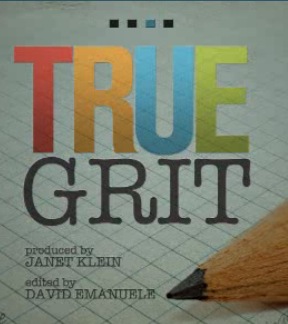
Used together, the five resources listed here can help teachers operationalize these words and wrestle with questions like: What is the importance of grit and other key character traits that support learning? How might schools develop and assess them?
- Can Perseverance Be Taught?
- True Grit: Teaching character skills in the classroom
- KIPP Character Report Card and Supporting Materials
- Five Steps to Make Failure Your Friend
- Building Study Skills: A Four Step Plan
Audience: Educators
Potential Use: Professional development – self-guided or group
Educators can explore these five resources on their own or as a group as part of a professional development workshop.
Sample: Possible Professional Development Offering
In a cohort, educators:
- Read the Duckworth article on perseverance and discuss the questions provided at the end.
- Watch a clip from Brian Williams’s approximately 9-minute NBC story on grit, featuring Dave Levin of KIPP and Dominic Randolph of Riverdale Country School, with interviews with KIPP students talking about what it means to develop character.
- Examine the KIPP character report card—along with its 24 character strengths—and discuss implications for helping their own students develop persistence.
- Review the “5 Steps to Make Failure Your Friend” and download the Failure Analysis Checklist (at unstock.com).
How does this align with student-centered learning research and practice?
The lessons explored in this “resource bundle” align most closely with the research found in the Motivation, Engagement, and Student Voice paper, as well as the Mind, Brain, and Education paper. These multimedia resources unpack how to empower teachers and students to give learners the ability to take learning into their own hands and foster a growth-oriented learning environment – connecting them to the SATC framework, especially personalized learning and student owned learning.